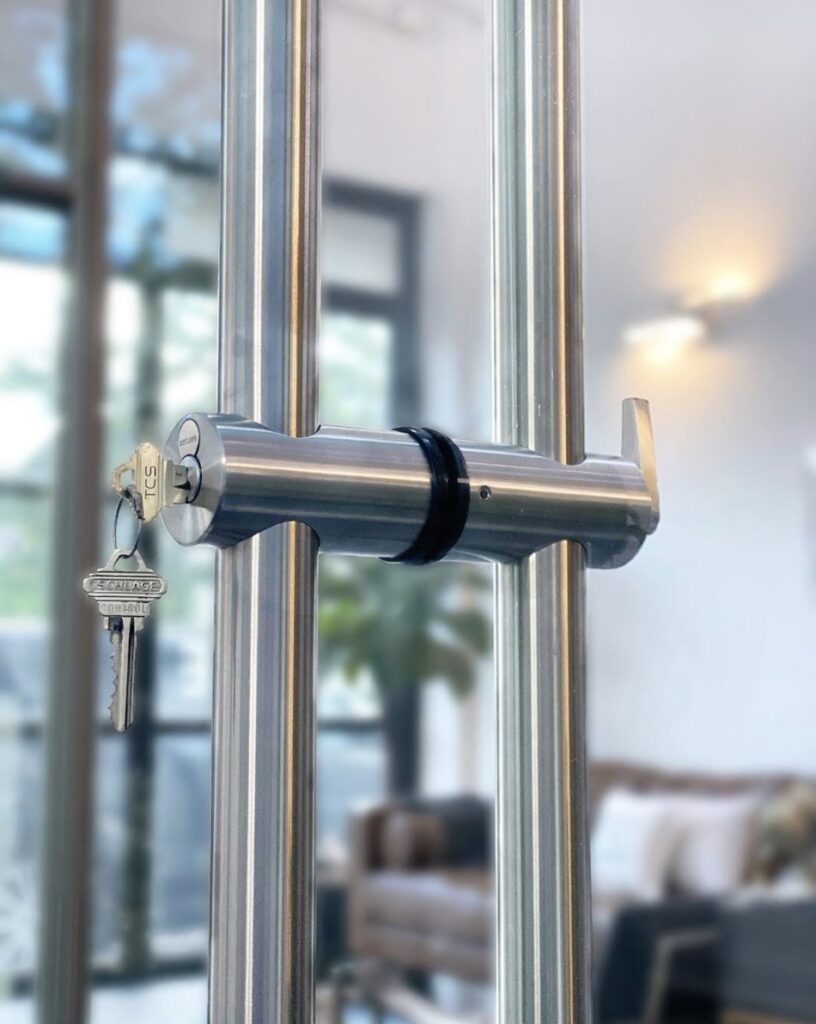
T-Concepts Discusses ADA-Compliant Door Solutions
Most people notice the beautiful satin nickle-plated finish on a door handle, or the way the door opens seamlessly and noiselessly, allowing passage before closing just as seamlessly behind. But few think about the intricacies of ADA door compliance.
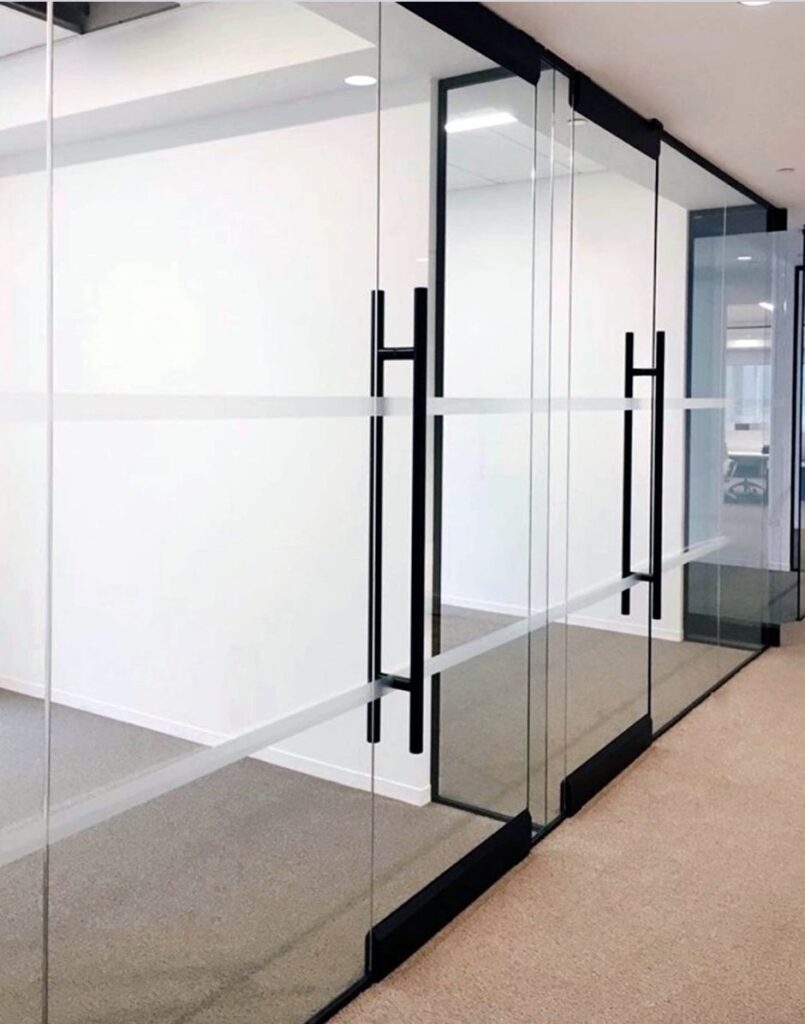
Count among those few Michelle and Paul Witherby, COO and CEO of T-Concepts Solutions, a family-owned business that provides architectural glass door handles and pulls.
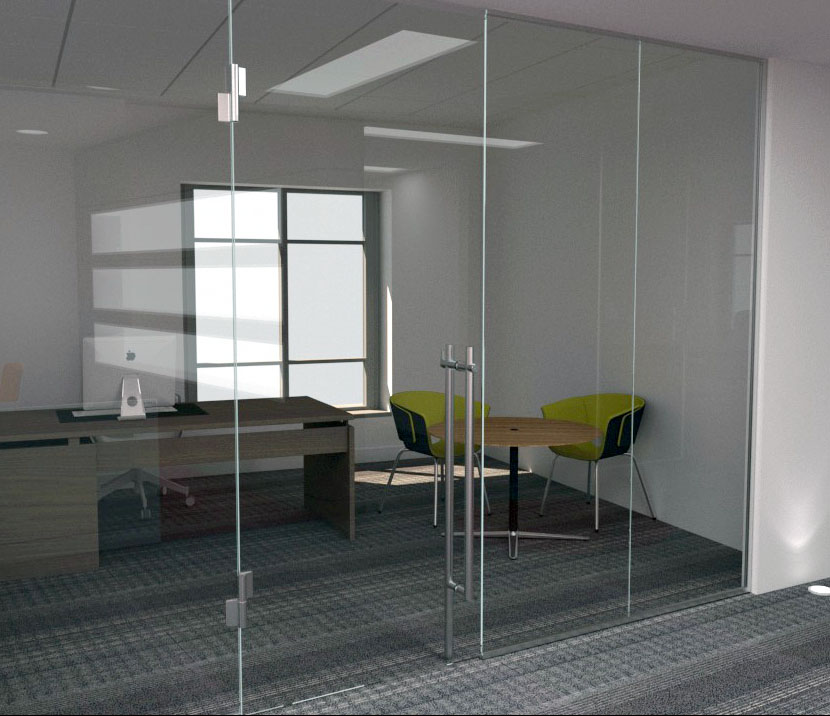
The company offers a beautiful product with a great selection of styles and finishes, from clear anodized aluminum to specialty tempered glass to resins & acrylics to insulated glass units. But T-Concepts is really known for their technological acumen, for the way their pulls and handles integrate with a wide variety of door systems, including moveable wall systems, space partitions, light sharing designs, sliding door hardware, and telescoping glass office fronts.
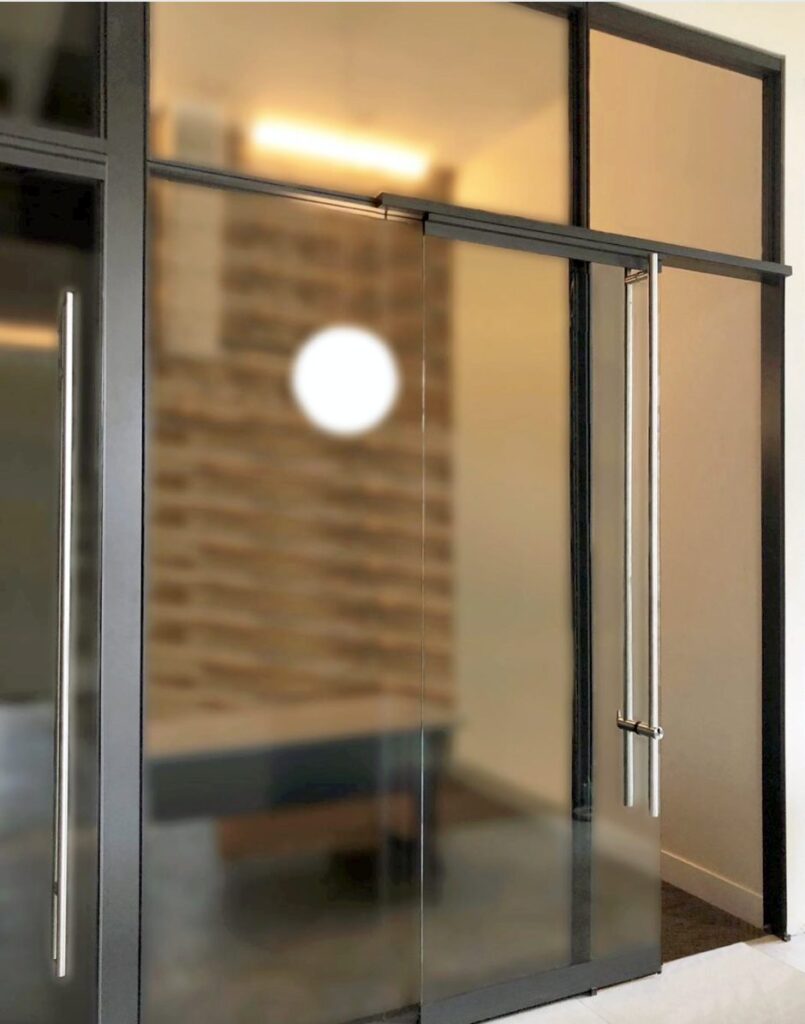
In the context of how a handle integrates within a larger glass door or wall system, T-Concepts is especially focused on ADA compliance, pointing out that “Glass brings many benefits, but designers need
to carefully consider how to make spaces accessible and keep a watchful eye on requirements set forth by the Americans with Disabilities Act (ADA) of 1992.”
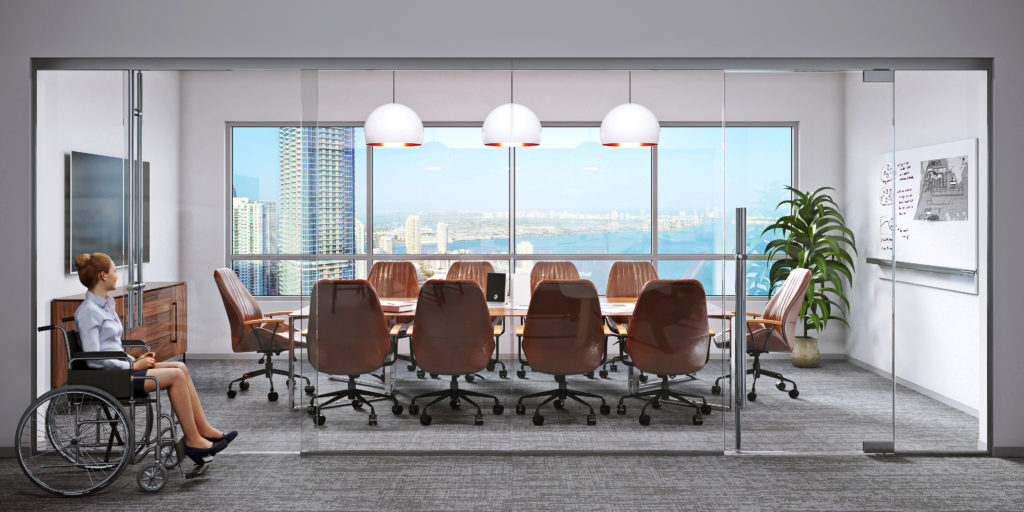
To that end, the Witherbys have written a comprehensive article entitled “Breaking Down Barriers: Demystifying ADA Locking Handle Requirements for Glass Doors” (originally published in Door Security and Safety) detailing the finer points of Door and Handle ADA compliance.
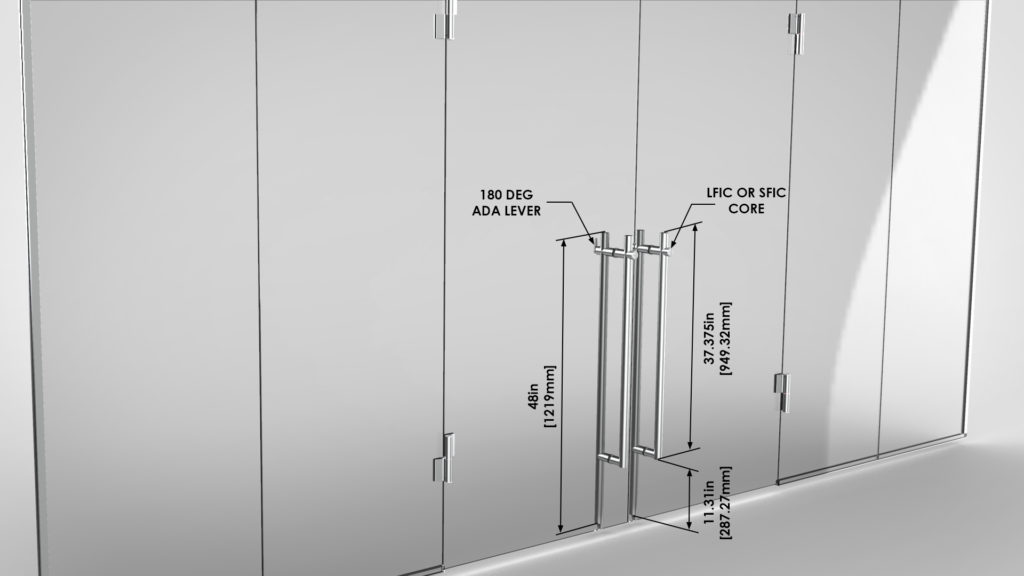
The article is a great resource for architects and designers, potentially saving them both time and money, as failure to comply can be a huge hiccup on any project. The piece covers ADA compliance for glass doors from bottom to top, including door clearance width, door clearance threshold, required maneuvering space, and closing speed, but the focus is apropos of T-Solutions product line: the requirements for handle form and function.

The article goes into much more detail, but succinctly stated, the handle requirements can be broken down into form and function:
- Door Hardware Type: must not require more than five pounds of force to operate; must be operable with one hand or limb with no need for tight grasping, pinching, or turning of the wrist
- Door Hardware Accessibility: must be within easy reach of someone in a wheelchair or other mobility device; must be sufficient space from the door surface to allow for the hand to grip the handle.

Essentially, this leaves a single solution with a couple of options: the ladder-style pull with top or bottom lock lever-turn actuator. The Witherbys point out that this handle meets all of the ADA requirements as laid out above, with special attention to ease of activation: the lever-style lock mechanism is the only one operable with a single simple motion, as opposed to thumb actuators, which require simultaneous pressing and turning motions: “The ladder pull with lever-turn actuator replaces the standard thumb-turn, as it rotates 180 degrees without a push-button actuator.
T-Concepts works with owners, architects, and designers to ensure ADA code compliance, providing door handles and pulls that meet these detailed requirements. You may also download the full article and free ADA Accessible Door Handle Guide. See T-Concepts to find out more.


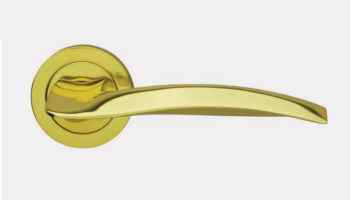

Leave a Reply